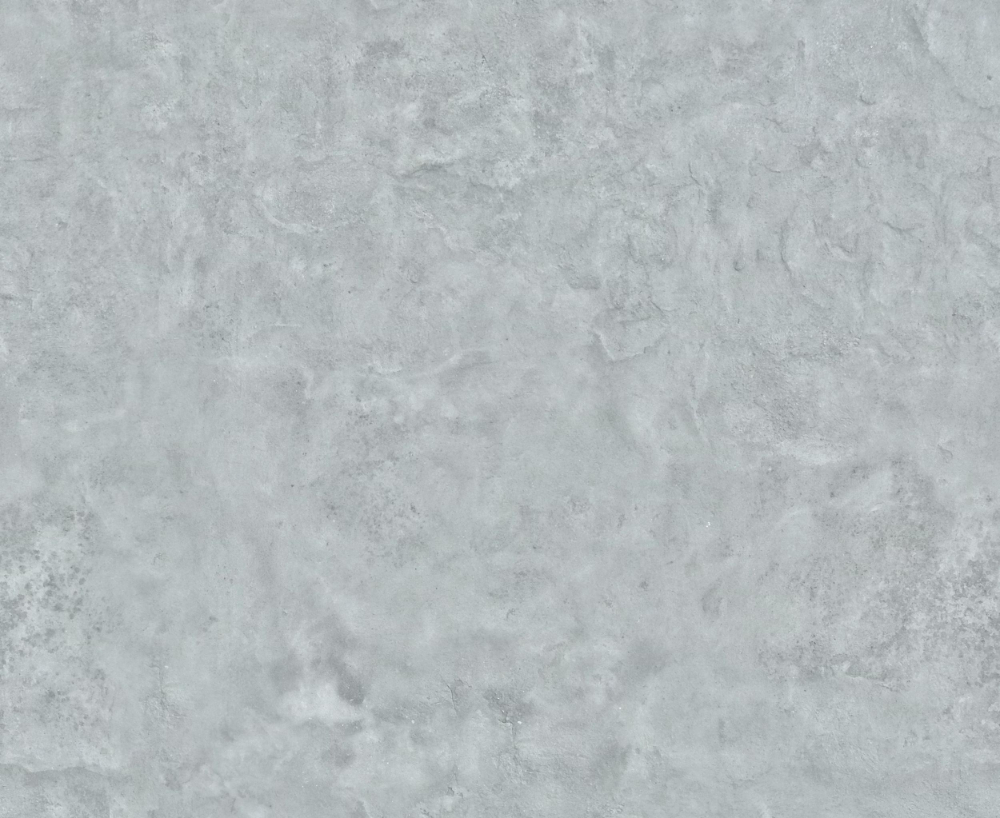Rough Plaster
Category
Finishes
Download
Edit
Dating back to at least 7500BC to Indian temples, Egyptian tombs and extensive use in Roman architecture, plaster is a protective coating applied to walls and ceilings to protect the surfaces from damage, add a decorative coating to a feature wall, or provide a smooth finish to an otherwise rough structure such as concrete blockwork, stock bricks or timber sheeting. Cement plaster is a relatively modern material and is renowned for its fast setting, hard and durable characteristics.
A cool, neutral blue-grey finish for walls and ceilings, this cement plaster can be used to cost effectively simulate the appearance of thick concrete walls; smooth over rough textured walls such as blockwork and stock brick; or to create cool, calm, open atmospheres, while providing a neutral backdrop to man-made and synthetic materials, colours and textures. The mottled, slightly riven, generally smooth textured finish is achieved by applying the plaster on the chosen surface with a trowel, before smoothing and texturing with a sponge, giving a smooth, swirling, cloud like finish. The cement based nature allows it to be utilised internally as a decorative finish, or in some external cases as a durable, weather resistant protective coating for masonry and panelling in exposed, rough climatic conditions. While render and plaster coatings are both usually similar in terms of constituent ingredients and properties, render is the term given when it it is applied externally, while plaster normally denotes indoor use.
Plaster is a mixture of plaster powder, sand and Portland cement with water, which in this case is a deep, rich, blue tinted grey tone although can be pigmented before application with paints, dyes or the use of different aggregates, or painted after installation to the desired colour, while it can be treated differently to achieve a coarse, utilitarian appearance; a smooth, uniform finish; or a more decorative, textured coating to highlight or mimic concrete or natural stone. Due this plaster being aggregate based however, the entire wall or element to which it is applied must be coated in one go to avoid differences in tone, thickness and consistency. Cement based plasters are also more prone to scrapes, scratches and light damage, often necessitating a complete re-plastering of the area to blend out blemishes.
A seamless finishes texture with a rough plaster surface. Seamless textures can be tiled repeatedly across a surface without visible seams making them useful for architectural drawings and 3D models. This image can be used as a SketchUp texture, Revit material or imported into Photoshop for use in 2D illustrations. A high resolution version of this texture is available, as well as CAD hatches and PBR maps with Architextures Pro.

